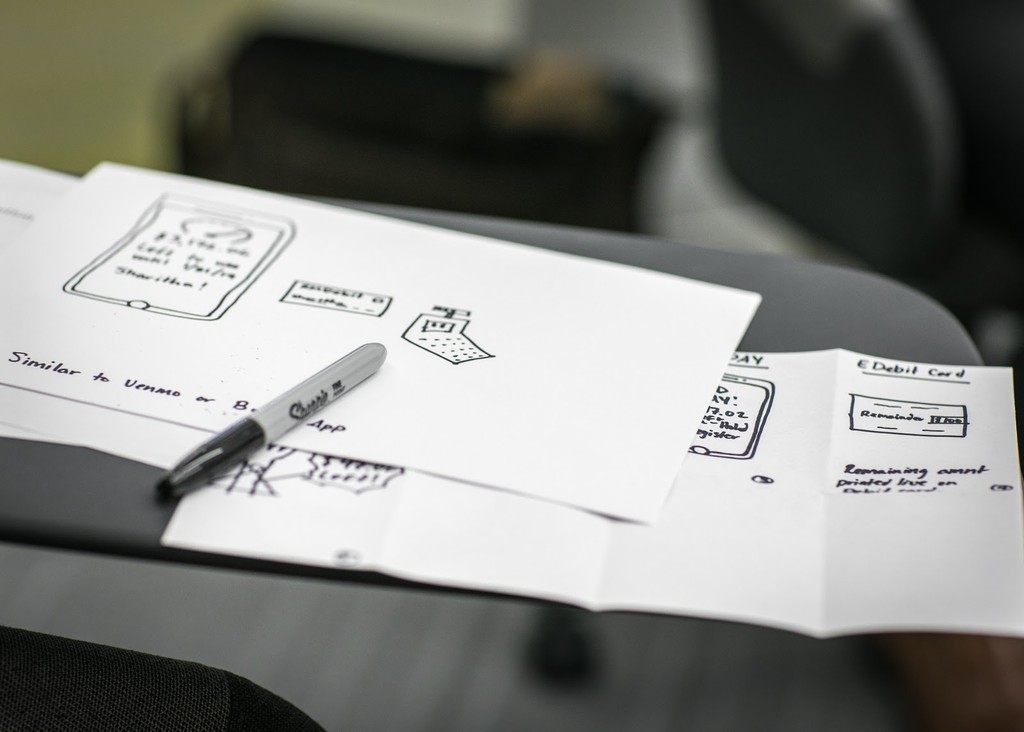Career and Life Lessons from 2 Years as a UX Researcher
05 December 2019
4 Mins Read

Victor Fatanmi
To Design or to Put Something together?
The art or skill of combining text and pictures in advertisements, magazines, or books. That’s what you will find when you type Graphic Design in the Google search bar, and this indeed was what I watched a renowned designer back then on campus do when I went to him for guidance. He would look through some examples and whip some elements, shapes and assets together and viola, you had magic. I knew it worked but I also knew way too early that there had to be more. My challenge with taking stuff from the internet was always that “shebi it is somebody that imagined and created that, my career can’t be simply about building off the back of that”.
Now, ignore Google’s primary word dictionary and take a further step to the next result from Wikipedia: “Graphic design is the process of visual communication and problem-solving through the use of typography, photography, and illustration.” Now that’s more like it. Process and problem-solving being the keywords, and based on those, it supports my resolve that designers are designed to design i.e seek understanding, think through and create visual communication solutions to problems—which may mean that there is an actual problem, by typical definition or that the desired point is intended to be reached.
It’s fine if at this point, you still insist on just putting something together and I should say it’s been a pleasure having you read up until this line. See you later.
Now to what I propose that every serious designer takes seriously:
Designers are like small gods, literally and it is important to focus more on the main tool—as we should restate for the umpteenth time—which the brain/mind and not the software. When as a designer, you realize that a business can sell more simply because you did your due diligence or that more lives can be saved because you communicated a health risk warning poster right, you can begin to take the craft more seriously, realizing that the impact of the work demands more than trial and error.
One big addiction for designers when starting out is an over-reliance on photos, templates and styles from the internet. Yes, there might be the place for recreating existing designs to hone your software skills, and following a style because it had to be done faster and you couldn’t yet demand the right process from your Uncle who needed a flier for his programme in church, but the problem is when you remain at that stage rather than commit to advancing your skills and career as a CREATIVE designer.
There are several ways a designer can begin to actually design, but here are two that comes to mind as at the time of going to press with this. [*winks*]
1. Begin with understanding
It helps to view design as intelligence made visible, as Alina Wheeler would put it. That great work hanging on a wall or a screen and having its desired impact on people is a result of a mind that is informed and inspired in the direction of the problem to be solved, the people at the centre of the challenge and the potential solutions and opportunities. Hence it helps to begin with as many questions, reading-up, investigation and research as is achievable for the purpose of gaining more context.
2. Begin on paper
Now, while we all agree in theory that design is beyond the software, we do not do enough with bringing this belief to life in our action and process. This is not to say if you begin on your laptop, then you are putting the digital tool ahead of the mind but it is to say that beginning with sketches on a sheet of paper (they don’t have to be great) or markerboard can help you to really focus on what’s on your mind before you ask for the help of technology, and this can increase your attention to the real work of trying to achieve certain goals. This can also aid your creative flow.
These are just two points of several others, and maybe it also makes it easy for you to remember and act on them.
Perhaps here lies an answer to the ever-lingering question of what makes one a Senior Designer. Let’s say you will find the intentionality of ‘process’ and ‘problem-solving’ in their work while junior designers put things together as they hone their software skills and find their footing. Just perhaps.
Other Posts
So You Are a Senior Designer?
Design Nudge: An Approach to Creating Human-Centered Designs.
